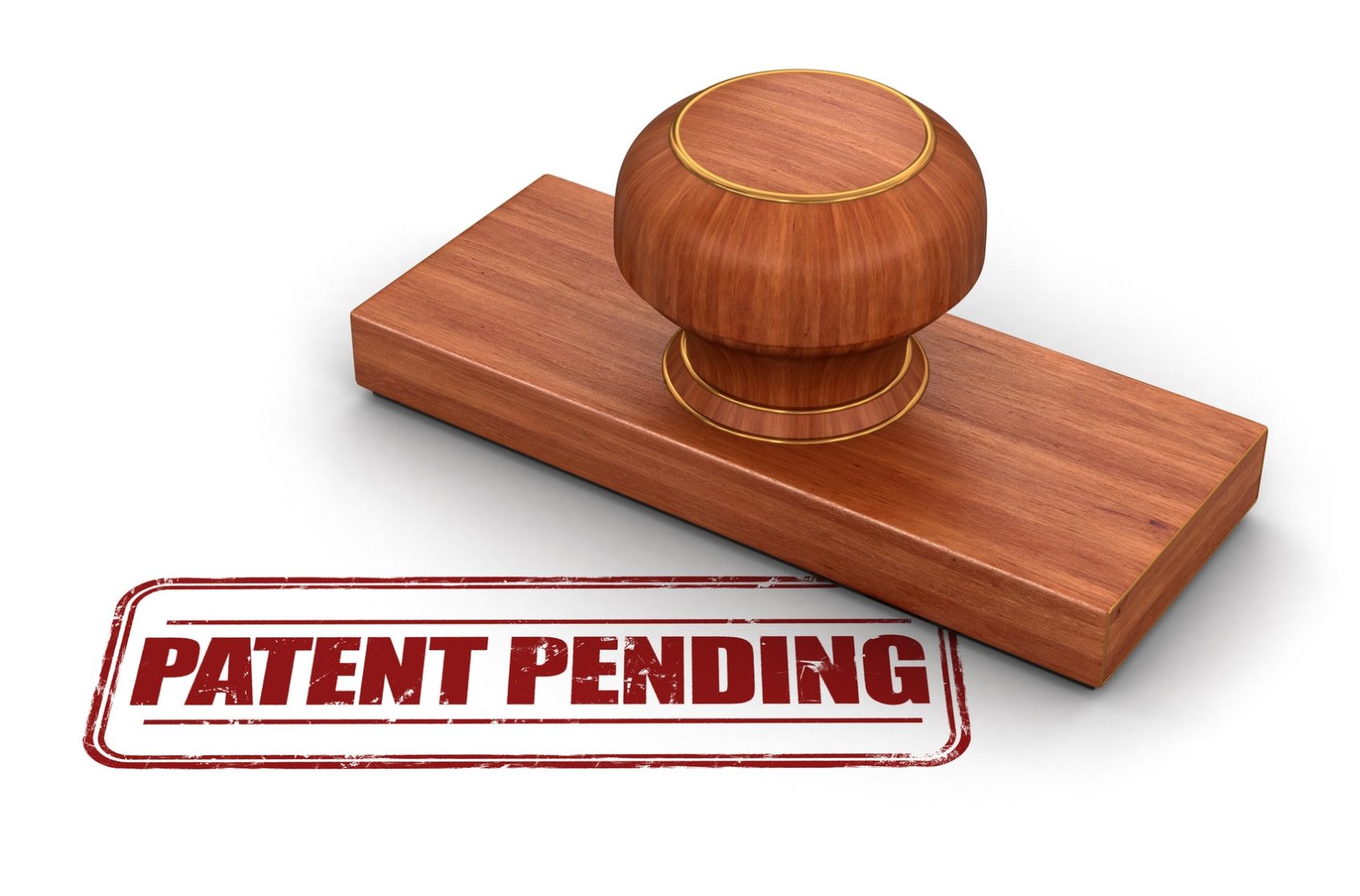
Do you currently have a patent pending on your completed invention or process?
When you’ve put in all that work to bring your idea to fruition, you want the patent process to go as smoothly as possible. It’s important to brush up on the legal issues involved with a patent application.
We’ve got you covered. Keep reading for some critical points you need to know about the legal issues when you have a patent pending. Note it is always prudent to consult with an attorney to make sure you are covering all of the issues concerning your particular patent.
1. What “Patent” Actually Means
It’s important to know what exactly you’re getting when you apply for a patent. Understand that a patent is a government license giving you exclusive rights to a new process, design or invention for a certain period of time. When you establish a patent, you are protected from other entities infringing upon your intellectual property.
If you have created something and do not get a patent for it, you take the risk of your product being replicated or resold by another company. Your patent only covers your invention if someone else can improve it or create the same result using a different design or process your patent will not keep them from doing so.
2. Know the 3 Types of Patents
The next step is to understand the patent you will be getting for your invention. You can obtain the following three types of patents from the United States Patent and Trademark Office (USPTO):
- Utility patents, for products and processes
- Design patents, for ornamental design
- Plant patents, for new types of plants being created
Many inventions can be patented, but there are some limitations. For example, you cannot patent abstract ideas, works or art, an obvious solution, inventions that are to be used for illegal purposes, or inventions that have been revealed more than one year before completing the patent application. If you have been marketing your product or sharing it with investors and you haven’t filed for a patent the clock may be ticking against you. Wait too long and you will no longer be eligible to file.
3. How the Patent Process Works
With your patent pending, you should understand how the process to be approved works. Your patent application must include all relevant information pertaining to the invention, including drawings, photographs and technical specifications. Anything that has to do with your invention will need to be included. Writing the technical specifications and description for your invention is a specialized form of technical writing. When done well it will adequately describe your invention, while clearly distinguishing it from other previously filed patents already granted by the USPTO. It takes great skill to write a patent applications. Poorly written applications can result in your patent not being granted, loss of your priority date (and sometimes,therefore, the ability to get a patent at all), or being granted a patent that others can easily design around. Typically a patent search is done prior to submitting an application that way the attorney writing your application knows how to distinguish your inventions to other similar inventions that may already be on file.
A USPTO examiner then reviews your application and decided whether to grant or reject the patent. You are able to appeal a rejected application and make amendments as necessary. Be warned that this process is lengthy and complex. Sometimes a rejection is such that there is no way to redeem an application. You can minimize this risk by having a professional search done and using a qualified patent attorney or agent write your application.
Know that it may take about three years or more to receive your patent if it is accepted. If it’s rejected, it will likely take another year at least or longer.
4. The Extent of Protection
With your patent pending, know that if it is accepted you’ll have several rights. The one you may care about the most is having a monopoly on using the patent. This means no one else can make, use, sell or import the patented invention in the United States. Keep in mind that the patent only covers the exact thing that was patented, so the language of your patent will determine the scope of what it covers. If you didn’t a good job of drafting your patent you may be opening the door for others to easily design around your patent.
If someone infringes on these rights, you can take legal action against them because of your patent. But know that patent protection does not last forever.
For example, a utility and plant patent lasts 20 years and design patents last 14 years (Check the USPTO website for the most recent terms). After the time of the patent expires, your invention becomes public. While a patent protects an invention for quite a long time, you should be aware of when it will expire.
5. Time Limits
If you’re aware of someone knowingly infringing upon your invention while your patent pending, they may be liable. Of course, it depends on if your patent is ultimately granted or not.
You must inform others about this possible liability for the person to actually be liable. This is why you should use the mark stating “patent applied for” or “patent pending,” so others are aware.
6. Costs
Not only is the patent process timely and complex, but it can also be quite expensive. Fees are varied depending on whether you’re a small or large entity. (Check the USPTO website for up to date filing fees).
In addition, you have to think about the examination and search fees as well as patent attorney fees.
The expenses don’t end with the application process. If your patent is granted, you’ll have maintenance fees to keep up with every few years as well. These fees come up at regular intervals after the patent is granted, which for 2017 look like:
- 3.5 years: Fee of $1,600
- 7.5 years: Fee of $3,600
- 11.5 years: Fee of $7,400
7. Patents Are Not Covered Worldwide
Patents are country-sensitive. No single government can issue patents that will be enforced worldwide.
If you are issued a patent by the United States Patent and Trade Office, know that your invention is covered only in the United States. If you plan on applying in several countries you may wish to use the international patent process to make multiple applications easier and more efficient.
8. Patents Must be Globally Unique
Before you dive too deep into the process to get your patent pending, you may want to do a global search for patents that are similar.
You need to make sure there is not already a similar product with a patent or patent pending. This is essential for drafting a good application that won’t be rejected for infringing on existing prior art (other patents or publicly available inventions). In order for your patent to be granted, it needs to be globally distinguishable than anything else already patented.
Using Legal Services When You Have a Patent Pending
There is a lot to be aware of in the patent application process. Whether you have a patent pending or are applying for a patent, it’s important to understand the legal issues involved.
Know that even if your patent is pending, it may be a long road before you can finally stamp your product. Be sure to make others aware that your product is patent pending, and remember the time and location boundaries regarding your patent. Licensing may also be an important aspect of your business while your patent is still pending. Having robust licensing agreements are also essential and can benefit from the eye of a practiced attorney.
The legal process of applying for a patent can be complicated and very time sensitive. As an entrepreneur, you have plenty of other business to be tending to. LaSusa and Deb Attorneys at Law are here to help. Contact us today to learn more about our business law and business litigation services. With us looking out for you, you can get back to developing your next great idea.
References:
https://www.uspto.gov/learning-and-resources/fees-and-payment/uspto-fee-schedule





